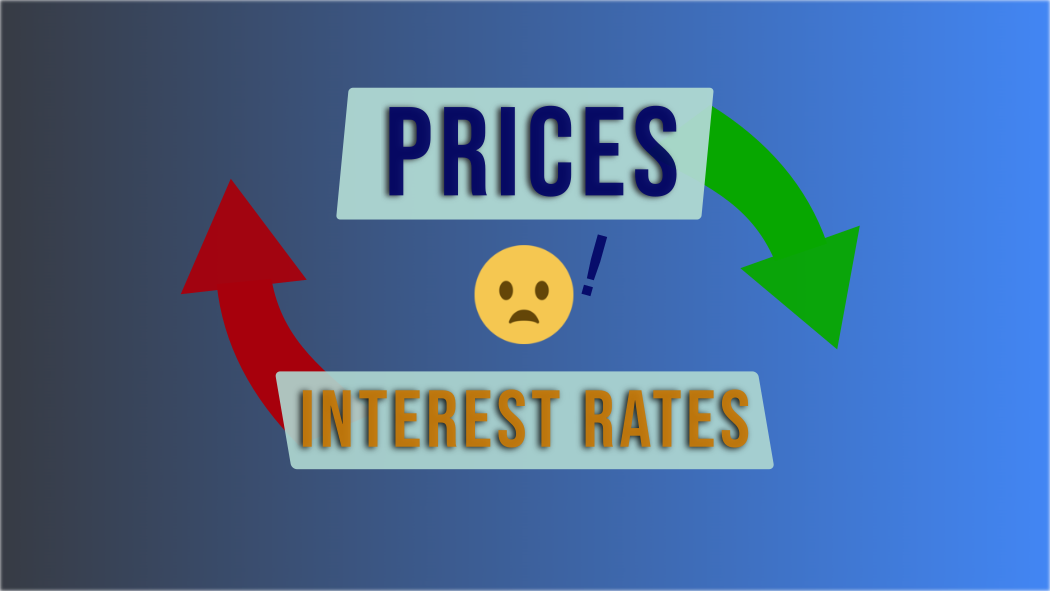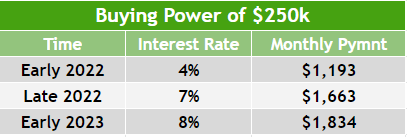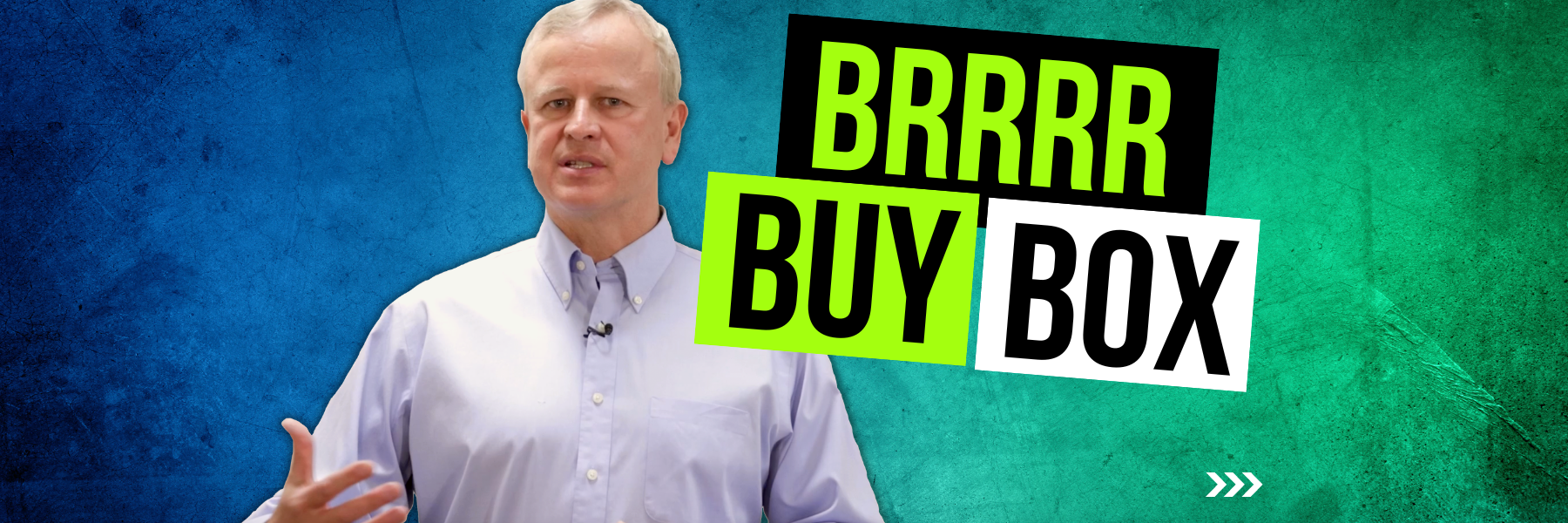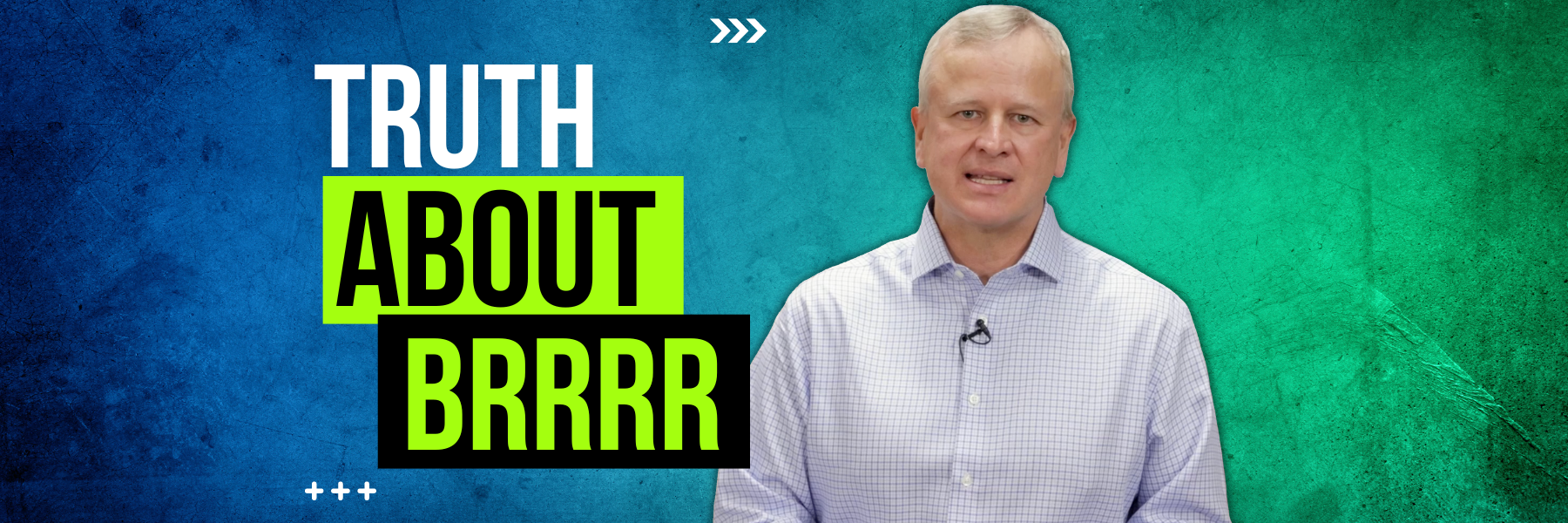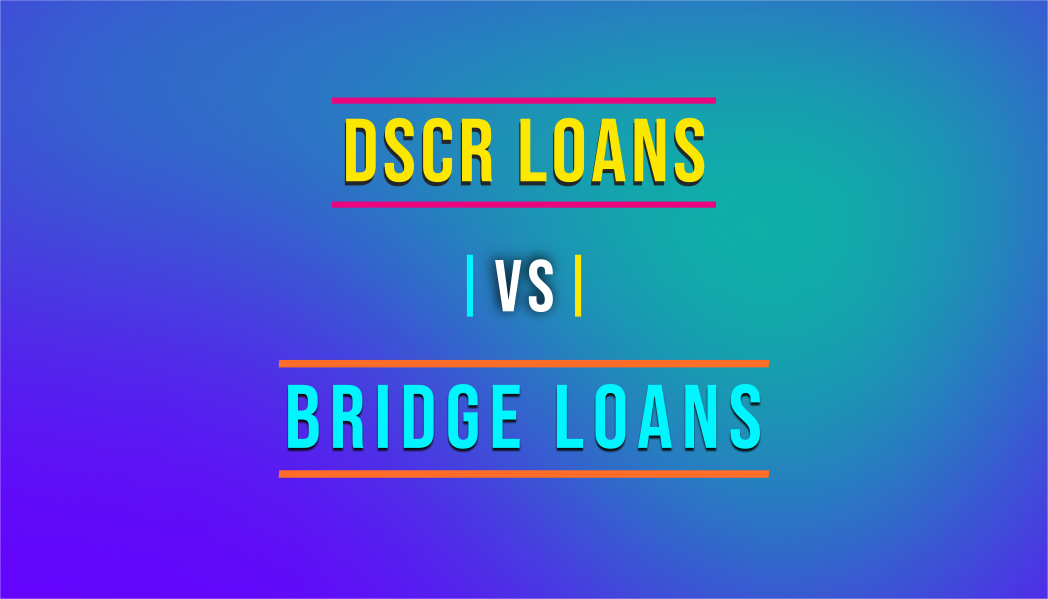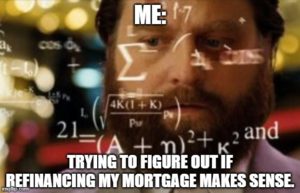Real Estate Investing at 50: Worth It?
Categories: Blog Posts
Real Estate Investing at 50: Worth It?
Today we are going to discuss if it is really worth it to invest in real estate at 50. The answer is yes! Many people are getting into real estate investing later in life because they are trying to build wealth for retirement. This additional pocket of money provides not only additional options for them, but financial security as well. Are you interested in building wealth for your retirement and increasing your cash flow? Let’s take a closer look at why it is never too late to invest in real estate!
Example: Building equity
Purchasing properties prior to age 65:
| Year 1 | Buy 2 properties |
| Year 2 | Buy 3 properties |
| Year 3 | Buy 5 properties |
| Total | 10 properties |
| Property value | $250K (per property) |
| National average 4% | We will use 3% for this example |
| Buying strategy | BRRRR |
| Equity after 3 years | $600K in equity (per property) |
What is BRRRR?
BRRRR stands for buy, rehab, rent, refinance, and repeat. These properties are undervalued properties that you fix up and rent. Once they are fixed up then you are able to refinance typically at 75%. Another benefit to starting later in life is that you aren’t using your own money for your investment properties. Instead, you are using the strategies in order to buy these properties. By putting multiple strategies together, you have the opportunity to create more than most people have for retirement within only 3 years time.
Example: Making money for later
Create the options and security you need before age 65!
| Number of properties | 10 |
| Cash flow | $300 (per property) or $3000 (10 properties) |
| Property #1 | Paid off in 5 years |
| Property #2 | Paid off using Property #1 |
| Property #3 | Paid off using Property #2 |
| By age 65 | You own 3 properties free and clear! |
| Property #1, #2, and #3 | Worth $400K each totaling $1.2 million |
| Property #1, #2, and #3 | They bring in $2100 each per month |
Just to clarify, the only things that you would need to pay once the properties are paid off are taxes and insurance.
Supplemental income options.
First and foremost the money that you are making off of the rental properties can supplement social security or retirement. The second option that you have is to take out a new loan and get money out of one or all of the three paid off properties. Finally, you could sell a property every three years, which would get you to age 95 by just using the proceeds from the property. Keep in mind that you will have some taxes, however, it provides more flexibility and financial security in the long run. Just to clarify, once the 10 properties hit maturity, they will be $600K each for a total of $6 million!
Start now!
It’s never too late to get started in real estate investing! Therefore, you need to set yourself up for the future you want by building your supplemental income today. Those who do it correctly by using BRRRR will have a lot of options down the road. Do you want to learn more about setting yourself up for the life you want? Contact us today!
Watch our most recent video to find out more about: Real Estate Investing at 50: Worth It?



